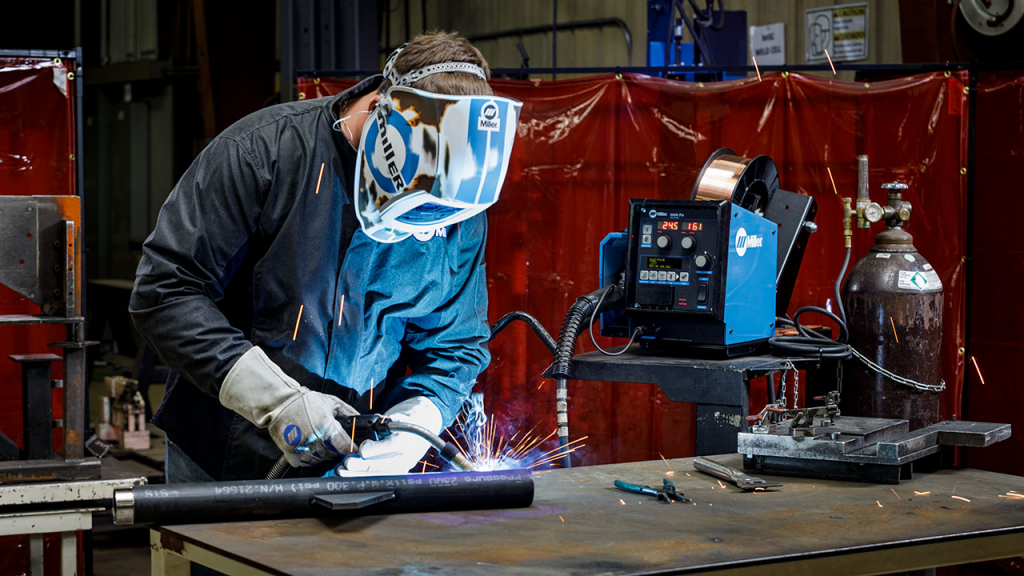Welders, often referred to as modern-day artisans, play a crucial role in the world of manufacturing and construction. Their skillful use of heat, precision, and creativity brings metal to life, creating structures that range from towering skyscrapers to intricate sculptures. In this article, we explore the art and science behind welding, the various types of welding techniques, and the impact of welders on various industries.
The Art of Welding:
Welding is more than just joining pieces of metal; it’s a craft that demands skill, attention to detail, and a deep understanding of metallurgy. Welders transform raw materials into functional and aesthetic structures, using their expertise to ensure strength, durability, and safety in their creations.
Types of Welding Techniques:
MIG Welding: Also known as Metal Inert Gas welding, MIG welding involves feeding a consumable wire electrode into a weld pool. It’s widely used for its versatility and speed.
TIG Welding: Tungsten Inert Gas welding uses a non-consumable tungsten electrode to create precise and high-quality welds. It’s commonly used for projects that demand impeccable aesthetics and clean welds.
Stick Welding: Shielded Metal Arc Welding (SMAW), or stick welding, uses a flux-coated electrode to create the weld. It’s known for its suitability in various environments, including outdoor settings.
Flux-Cored Arc Welding (FCAW): FCAW involves a tubular wire electrode with a flux core, eliminating the need for external shielding gas. It’s often chosen for its portability and ability to work on thick metals.

The Welder’s Impact:
Construction and Infrastructure: Welders are the backbone of construction, responsible for creating sturdy and reliable structures such as buildings, bridges, and highways.
Manufacturing: In manufacturing, welders assemble intricate machinery and equipment, ensuring that every component is securely joined for optimal functionality.
Art and Sculpture: Welding transcends functionality and enters the realm of art. Sculptors and artists use welding techniques to create captivating and innovative sculptures.
Aerospace and Automotive: Welders contribute to the aerospace and Welding mask industries by fabricating components critical to flight and vehicle performance.
Precision and Safety:
Welders work in an environment that demands attention to detail and safety precautions. Proper protective gear, knowledge of different metals and their properties, and adherence to safety protocols are paramount in the welding process.
Conclusion:
Welders are the architects of metal, molding and joining it to create structures that shape the world around us. Their artistry, combined with technical expertise, bridges the gap between imagination and reality, resulting in structures that are not only functional but also awe-inspiring in their craftsmanship.
